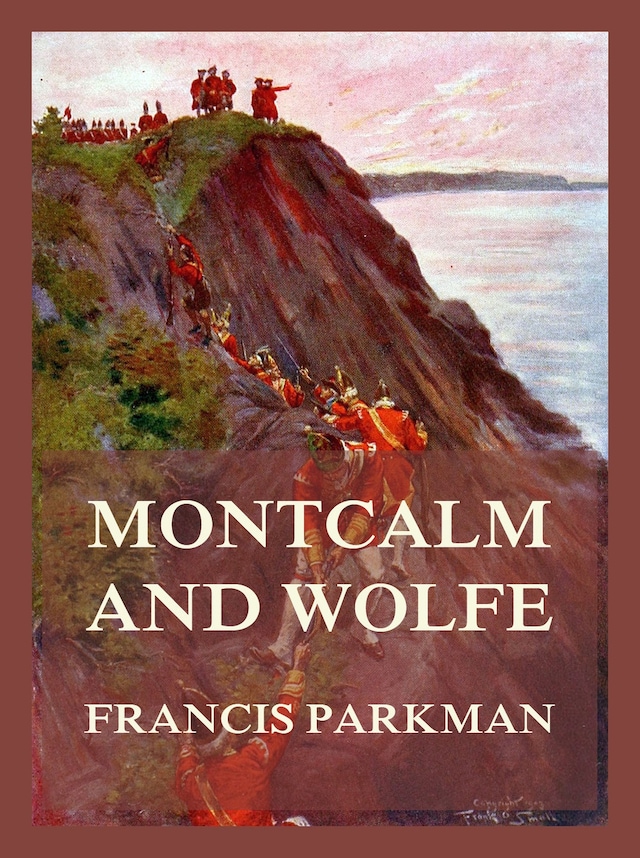
Montcalm and Wolfe
Tietoa kirjasta
On the 13th September, 1759, there lay upon the bloody Plains of Abraham two men. Hearing an officer cry. "They run! They run!" one of these dying men raised his head and asked, "Who runs?" "The enemy," replied the officer. "Then God be praised; I shall die happy." This man was John Wolfe, commander of the English army before Quebec. The other of these two men on being told that his wounds were mortal, and that right speedily, replied, "So much the better, I shall not live to see the surrender of Quebec." This man was the Marquis of Montcalm, the commander of the French army then in possession of Quebec. From the names of these two brave Generals, Mr. Francis Parkman has taken the name of his new history. Montcalm and Wolfe. For many years this learned scholar has been engaged in writing a series of histories illustrative of the struggle between these two nations, the English and French, for the ascendency on this continent. Most volumes hitherto published bring the history of the struggle down to 1700. The present work begins with 1748. Thus there is an interim of half a century not The events yet covered by Mr. Parkman. covered in the present volume are the conflict for Acadia, the land now known as Nova Scotia. The great Indian battle known as Brad dock's defeat, with the events before and after, in which Washington was so active. The defeat of the Baron Dieskau, and the capture of Crown Point. The coming of Montcalm to America as the French Commander, and the capture of Fort William Henry, by the French under Montcalm, in 1757. With this event and the frightful massacre of the English by the Indians, as the former left the surrendered fortifications, the volume is brought to a close. So far as history is concerned there has been nothing yet produced in America superior to these books of Mr. Parkman's. The style is vigorous, full of spirit, even brilliant on occasions when the author warms to his work. The sketches of character are positively excellent. They betray the skill of an Indian in tracing the crooked paths which, when unraveled, dis pay the human character. And in the delineation of that character even Scott himself was not greater with old Monkbarns. Are you incredulous? Then turn to the picture of Gen. Braddock. That gentleman instantly stands before you. You will see him as you look to - day upon living men, walking and talking before you. But you will see more. You will see just why he was beaten; just why Washington, albeit he were the incarnation of human bravery, was unable to pluck the flower, Victory, from the poisonous nettle, Defeat. The picture of Montcalm is only less valuable because it is less piquant, it is more matter of fact. But when you come to Sir William John son you will be again edified, as you look into his fortified house at Albany, and upon his Dutch houskeeper, whom subsequently he married, and when she was dead, upon the young Mohawk squaw, who did the honors and other things of the house. We might go on in just these specifications, for the book is full of them, but we must stop somewhere. And we simply say that this history has never taken hitherto anything like so attractive a guise as Mr. Parkman has here given them. The admirable style in which the volume appears is equal to anything issued in this country.
 Francis Parkman
Francis Parkman 704 Sivua
704 Sivua